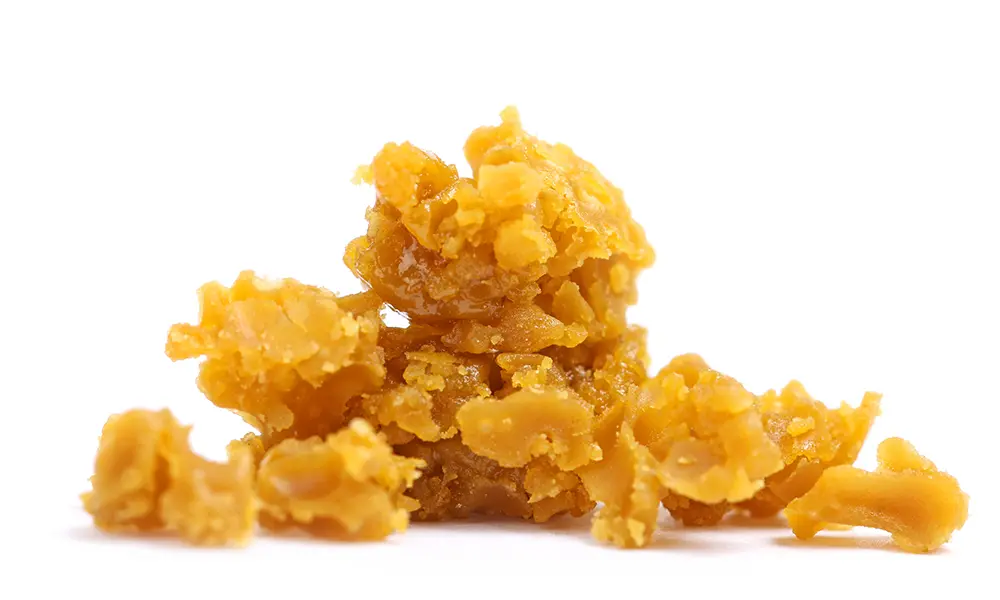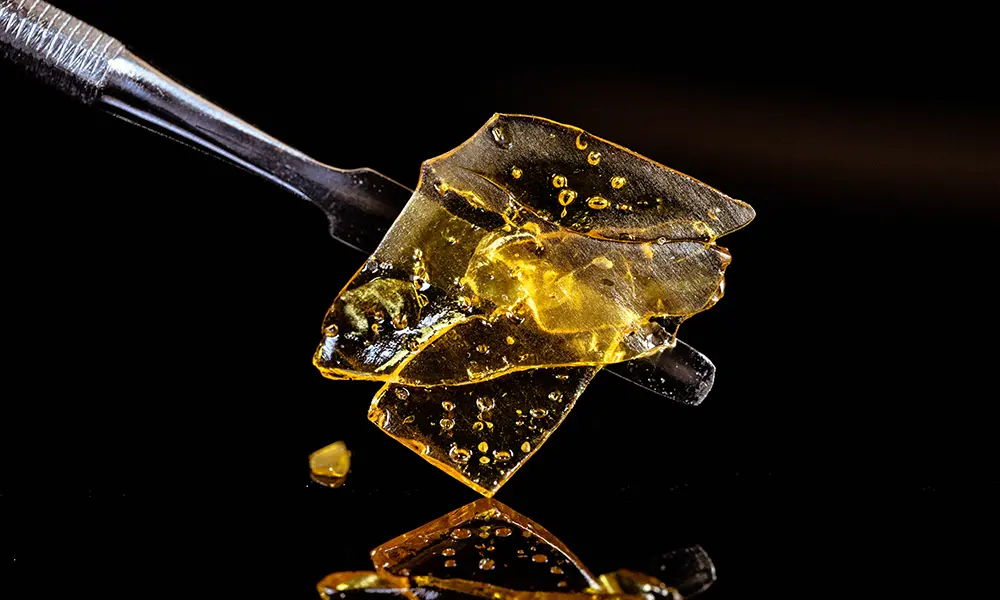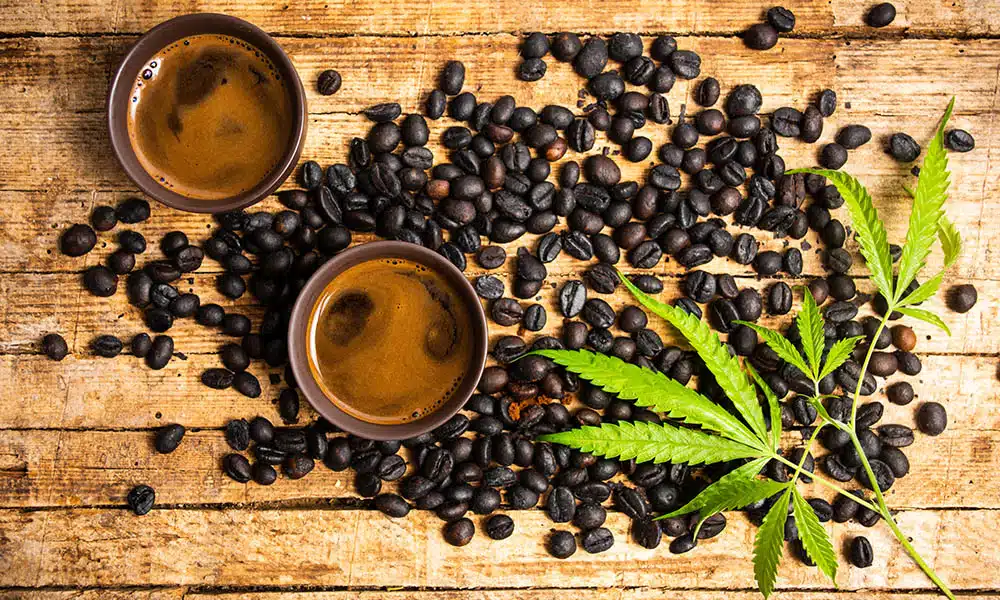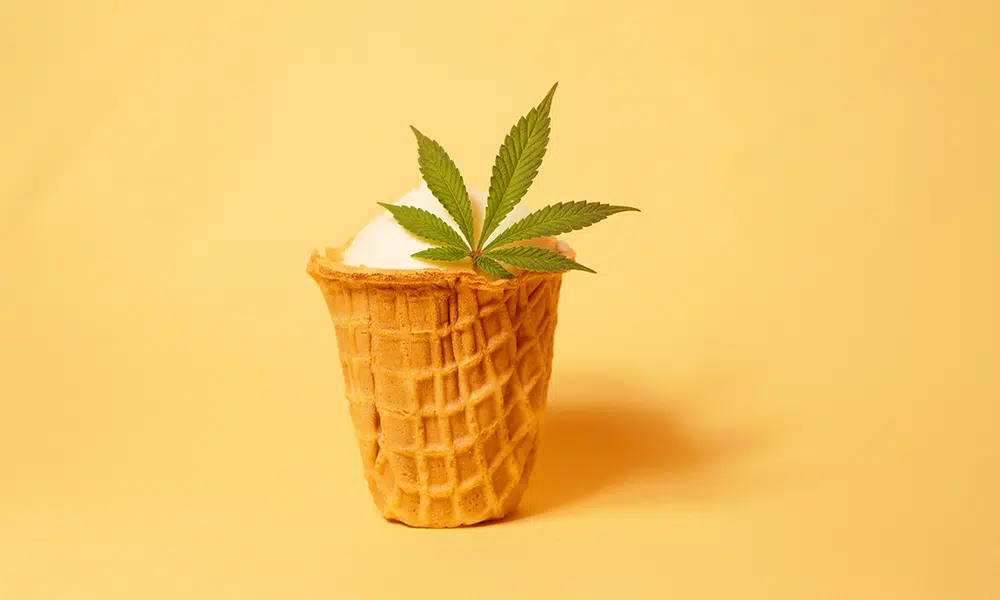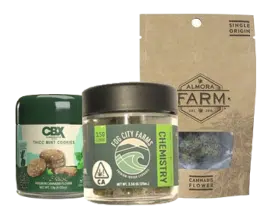While dabbing has been around for a while, it’s popularity has grown significantly recently. Part of the reason for this growth is that the availability of different types of dabs has also expanded. With so many options, you may have a difficult time choosing. Here are a few you might find at your local dispensary.
Shatter
Shatter is a type of concentrate that involves using butane oil to extract cannabinoids and other compounds from cannabis plant material. Once extracted, the liquid goes into a vacuum oven to evaporate the butane from the mixture, leaving behind a brittle substance that has a glass-like transparency. The clarity of the delicate concentrate occurs because the liquid doesn’t move during the heating process.
Shatter breaks apart very easily (hence the name), but it’s easy to use. While solid, you should still use a dabbing tool to apply the concentrate to the nail.
Crumble
Crumble typically uses butane (although some processes use propane) during the extraction phase as well. Where shatter doesn’t move at all as the liquid solvent evaporates out, crumble involves a lot of agitation. The agitation creates the consistency of the final product, a dryish, crumbly substance that’s easy to work with, although it can get stuck under your fingernails. A flat-headed dabbing tool works best when applying the concentrate to the nail of your dab rig. You can also squish smaller pieces together to create an appropriately sized dab.
Budder
Budder is similar to crumble. They use the same extraction process as well as whipping to introduce air while the solvent evaporates. The main difference, however, is the speed of the agitation. While crumble’s agitation is quite vigorous, budder’s is much gentler. The end result is a smooth, creamy concentrate. Budder also has a higher terpene content than most other butane extracts.
Live Resin
Live resin and live resin sauce involve extracting desirable compounds from flash-frozen cannabis buds. The process of flash-freezing preserves the valuable terpene profile of the plant. As a result, the extraction process pulls out more terpenes, giving the final product a stronger aroma and flavor (as well as a higher terpene content) than other types of dabs.
Live resin sauce is a bit different from live resin. Following the extraction process and removal of solvents, the liquid extract gets jarred and left in an area slightly above room temperature to age. As it ages, THCa crystals form and sink to the bottom while the terpenes rise to the top. Both the crystals and terpenes are separated and purged. They are finally rejoined upon packaging.
CO2 Oil
With supercritical CO2 extraction, the CO2 gas gets compressed to the point where it becomes a supercritical fluid. The fluid passes over the plant material, pulling out cannabinoids and terpenes without damaging them. As the liquid extract comes back to room temperature, CO2 evaporates, leaving behind a runny oil. What’s more, CO2 evaporates cleanly and doesn’t contaminate the final product.
Rosin
Rosin is a type of dab that doesn’t use any solvents to extract the desirable compounds. It only requires the use of heat and pressure. For some, this is a big selling point because you don’t have to worry about chemicals contaminating your concentrate. It’s also easy to make at home with a few simple household tools. Made properly, it retains many of its natural terpenes, which means it smells and tastes much like the original plant.
Different Types of Dabs Give Big Results
These concentrates provide just a glimpse into the world of dabs. One of the best things about these dabs is that a very small amount goes a long way. You don’t need much to feel the effects you want, and your stash goes further. Check out the extracts menu at Haven and explore the benefits of dabbing.

